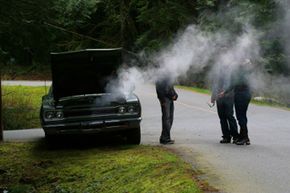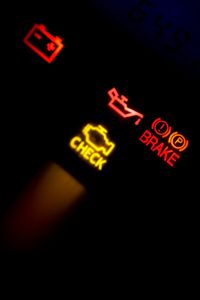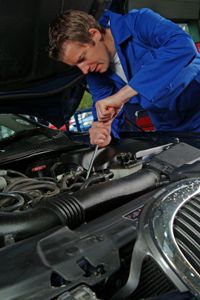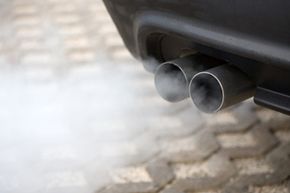We've all done it: While sitting in traffic, maybe at a red light, you listen. Is that a whirring sound? What is that whirring sound? Where is it coming from? Is it from my car? Is it in the engine? Please don't let it be in the engine. It's just the air conditioner. Or maybe it's not even my car. The car in the next lane looks like a real clunker. I bet it's that car.
Repeat with any sound, any smell, any weird feeling you get while driving. Car jerking around? They need to pave this road. Engine smells funny? That's because this whole town smells. Check engine light come on? It's probably a loose gas cap. And of course, if you hear something strange, turn up the radio and drown it out.
Advertisement
Because otherwise, these things can give you a panic attack. With every sound, smell, and insistent light on the dashboard, we see days without a car to get to work and money flying out of our wallets like winged monkeys in little red vests and hats.
Here are a few of the scariest signs of engine trouble, the likely causes. And yes, they almost all require immediate attention -- but there's no need to panic. Unless you actually see those flying monkeys. They're creepy.



